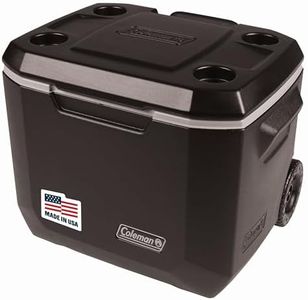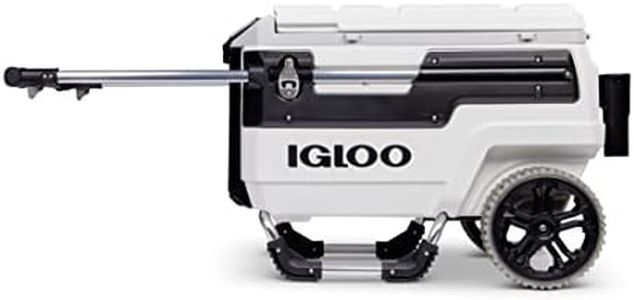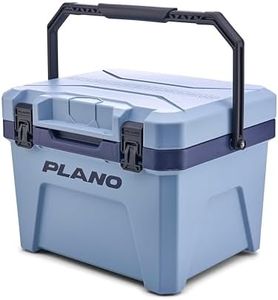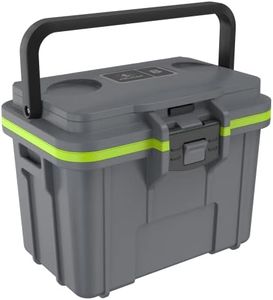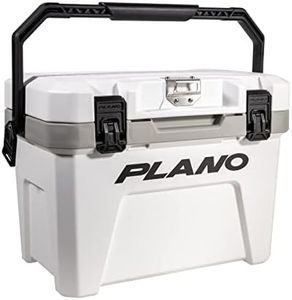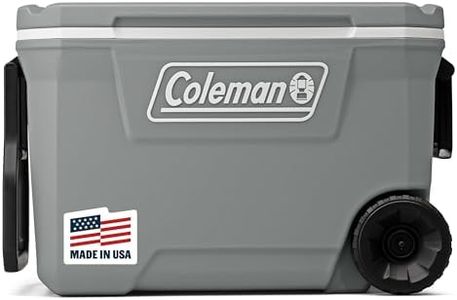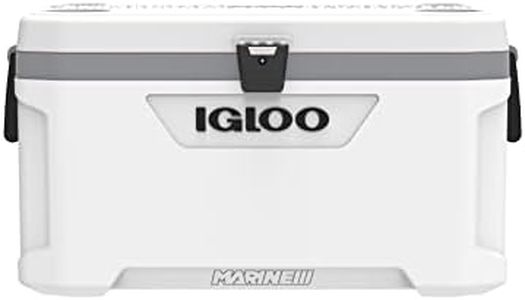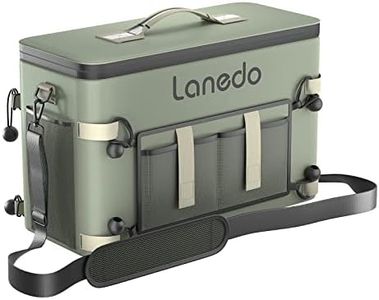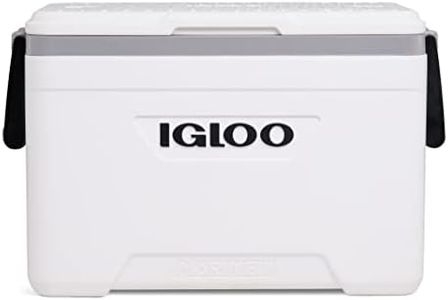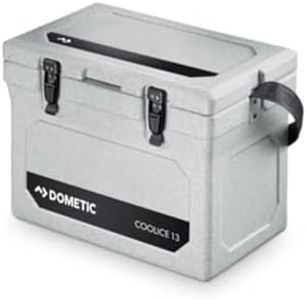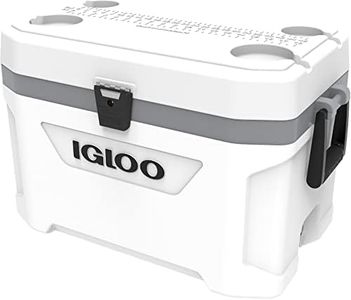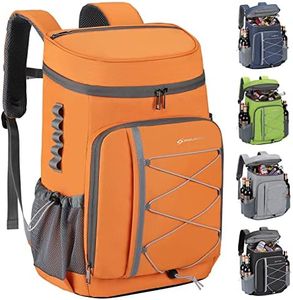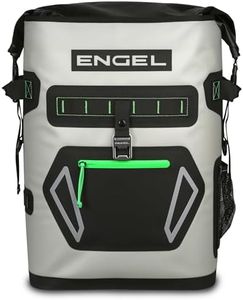We Use CookiesWe use cookies to enhance the security, performance,
functionality and for analytical and promotional activities. By continuing to browse this site you
are agreeing to our privacy policy
10 Best Marine Coolers
From leading brands and best sellers available on the web.Buying Guide for the Best Marine Coolers
Choosing the right marine cooler is essential for keeping your food and drinks cold and fresh while out on the water, whether you're fishing, boating, or just relaxing. Since marine environments can be tough, you want a cooler that not only keeps contents chilled but also withstands exposure to sun, salt, and rough use. Before buying, consider how long you want your ice to last, how much storage you need, how portable the cooler should be, and where you'll store it on your boat. Evaluating these factors will help you select a cooler that truly fits your needs and can handle life on the water.Insulation Performance (Ice Retention)Insulation performance refers to how long a cooler can keep ice or contents cold before it starts to melt or warm up. This is crucial because it determines how effective your cooler will be during short trips or longer excursions. Ice retention usually ranges from a day to a week or more; basic coolers might keep ice for a day or two, while high-end marine coolers can maintain ice for up to a week. If you only take short day trips, a cooler with one or two days of retention may be sufficient. For multi-day boating or fishing adventures, it's worth choosing a model with premium insulation to avoid having to replace ice constantly.
Size and CapacitySize and capacity describe how much the cooler can hold, commonly measured in quarts or liters. This spec impacts not just how much food and drink you can store, but also how much space the cooler will occupy on your boat. Smaller coolers (20-40 quarts) are easy to carry and ideal for day trips or few people. Mid-sized coolers (40-70 quarts) suit small groups or overnight trips. Large coolers (70+ quarts) are best for big groups or longer trips but can be heavier and harder to move. Choose based on how many people you need to serve and your available storage space onboard.
Durability and MaterialMarine coolers need to handle sun, saltwater, bumps, and scrapes. The material and construction—like rotomolded plastic, reinforced hinges, or UV-resistant surfaces—determine how tough your cooler will be. Entry-level coolers may use thinner plastic and simpler hardware, which works for gentle use. Heavy-duty options with robust latches, non-slip feet, and reinforced walls can withstand harsh marine conditions. If your cooler will be exposed to frequent sunlight, drops, or will double as a seat or casting platform, look for models built for durability.
Portability and HandlingPortability is about how easy it is to move your cooler when it is full. Key features here include ergonomic handles, wheels, and overall weight. Smaller coolers are easier to carry even when loaded, while larger ones might require two people or built-in wheels. Consider who will typically be moving the cooler—solo, as a pair, or by rolling. If you navigate tight boat decks or need to haul the cooler to and from the dock frequently, prioritize lighter models or those with good handles or wheels.
Waterproofing and DrainageWaterproofing ensures that melted ice, or external splashes, don't leak out or soak the cooler's contents. Drainage refers to the design and performance of the cooler’s drain plug, which helps you easily empty melted ice water without tipping the entire cooler. Basic coolers may have simple drains, while premium models offer leak-resistant plugs and even sloped floors for easy emptying. If you spend a lot of time on rough water or anticipate lots of wash-downs, look for a watertight coolers and well-designed drainage.
Extra Features (Fish Ruler, Tie-Down Points, etc.)Some marine coolers include extra features designed for boaters and anglers, like integrated rulers for measuring fish, built-in cup holders, tie-down points for securing the cooler on deck, or non-slip pads. While not essential, these features can make your experience more convenient and safer. If you know you'll be using your cooler for fishing, bringing it on bumpy rides, or need it to double as an extra seat or table, think about these bonus options when you choose.
